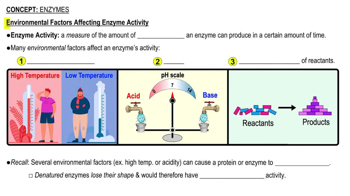Suppose your blood is AB positive. This means that:
a. Agglutinogens A and B are present on your red blood cells
b. There are no anti-A or anti-B antibodies in your plasma
c. Your blood is Rh⁺
d. All of the above
 Verified step by step guidance
Verified step by step guidance Verified video answer for a similar problem:
Verified video answer for a similar problem:



 6:11m
6:11mMaster Functions of Blood with a bite sized video explanation from Bruce Bryan
Start learning